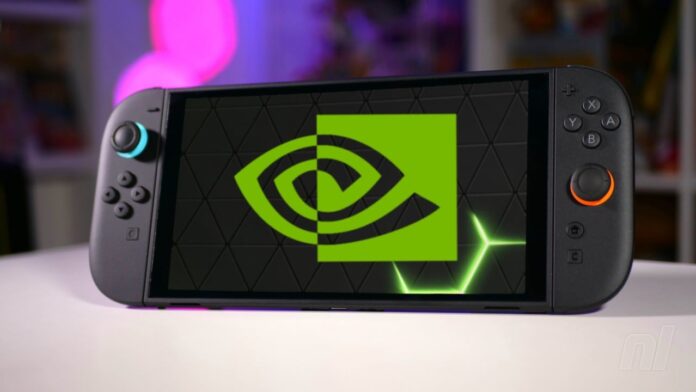We’ve known that Nvidia’s custom-built Switch 2 chip would bring some DLSS (Deep Learning Super Sampling) magic to the new console for a good while now, though specifics around how the technology is actually working under the hood have been pretty slim. Fortunately, the tech experts at Digital Foundry are here to shed some light on the whole thing.
In a new video (above), DF’s Alex Battaglia gets into the weeds of the Switch 2’s DLSS and explains how it works compared to other models on PC. There’s been no official word from Nintendo or Nvidia on the matter, but this is pretty much as comprehensive a breakdown as you’ll get.
There’s a lot of technical language to get to grips with in the above video, and we’d highly recommend watching it in its entirety for all of the details, but the long and the short of it is as follows: there are two different forms of DLSS available on Switch 2.
The first is what we see used in the likes of Cyberpunk 2077: Ultimate Edition and Street Fighter 6 on Switch 2. According to Digital Foundry, this DLSS model shares many of the same characteristics found in the Convolutional Neural Network (CNN) model, which was commonplace on PC prior to the introduction of DLSS 4. This provides more consistent image quality at 1080p resolutions and working anti-aliasing on both movement and camera cuts.
However, this isn’t the same as all DLSS models found on Switch 2. Examining the likes of Star Wars Outlaws, Hogwarts Legacy, The Touryst and Fast Fusion on the console, Digital Foundry concludes that there is another, “tiny” DLSS model at work for games trying to achieve resolutions above 1080p.
This secondary model boasts a sharper image resolution, but far worse anti-aliasing on movement and camera cuts — the DF analysis even states that it looks like it’s not working in motion. The big perk is that this model could operate at nearly half the cost of the beefier version, putting less stress on the Switch 2’s GPU for upscaling.
Of course, this is all based entirely on DF’s analysis for the time being, without any official word from Nvidia or Nintendo (as unlikely as it would be to get anything from the latter). That said, Digital Foundry has had word from a developer, who remains anonymous, that the theory is correct, and there are indeed two DLSS models at play for the system.
Battaglia concludes his analysis by stating that he understands why developers might want to use the less-taxing model in handheld mode, though its visual downgrades mean that he struggles to see its use in docked play.

